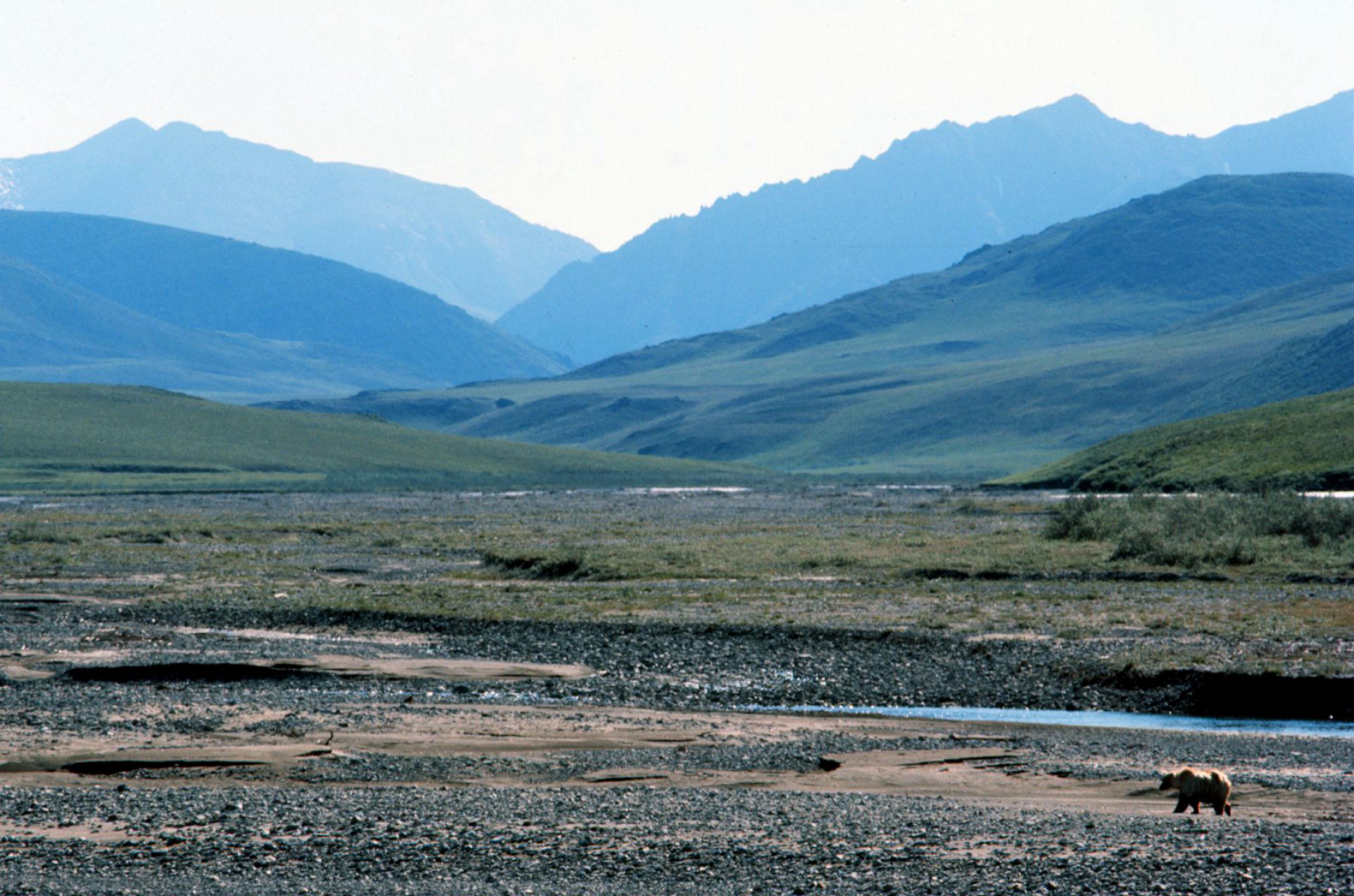This article originally appeared in Business Insider.
For many remote Alaskan communities only accessible by plane, the biggest danger isn’t nature. Rather, it’s the villagers themselves and the unavailability of any law enforcement to protect victims.
There are at least 75 Native American Alaskan villages that don’t have any law enforcement, reports the Washington Post. Isolated by long distances and difficult terrain, those residents must report crimes and wait for Alaska State Troopers to arrive in the village after hours of traveling.
Alaska has one of the highest violent crime rates in the U.S., at 603.2 violent crimes per 100,000 compared to a national average of 386.9, according to the FBI’s 2012 crime report. That includes nearly 80 rapes per 100,000 residents in 2012 compared to a national average of 26.9, more than any other state.
“Unfortunately, there are places in rural Alaska that if a woman is raped or a child is beaten, that victim might not get any help whatsoever,” Associate Attorney General Tony West told The Washington Post. “It can take a day and a half before responders show up to the scene of a crime or to a call for help. Imagine if you were a victim of violence and you can’t get help because weather conditions don’t allow you to get out of your village. Where are you supposed to go? You have nowhere to go.”
Native Alaskans make up 61 percent of sexual assault victims in the state even though they make up just 15 percent of the population, the New York Times reported in 2012. Nobody knows for sure why Native American women are so vulnerable to rape. Some experts blame alcoholism and the breakdown of the Native American family.
The danger of crime facing Native Americans, especially women, in remote Alaska villages without law enforcement was demonstrated with last year’s murder of 13-year-old Native Alaskan Mackenzie Howard in the community of Kake, as reported by the Washington Post.
Like similar communities, Kake struggles with drug and alcohol abuse and domestic violence. Only accessible by boat or plane, Kake suffers 80 percent unemployment, a declining fishing industry, and a dead logging industry. A one-man police department closed 35 years ago due to lack of funding.
Even in rural areas where there is a tiny police presence, quick and effective help isn’t guaranteed. One 19-year-old Native Alaska woman who lived in a village of 800 called the police after a stranger broke into her home and raped her in the middle of the night, the New York Times reported in 2012. The police didn’t answer, so she left a message. They never returned her call.
See Also: Thieves Stole $50,000 of Pot From a Seattle Dispensary
